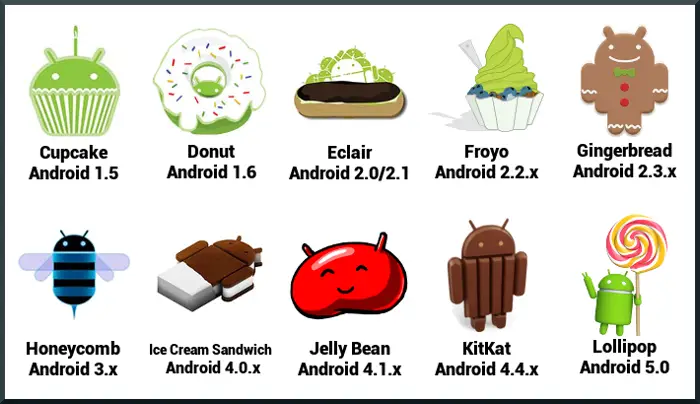

This file contains configuration settings for the Gradle build environment. This file contains configuration that’s shared between all other templates and Gradle projects. This file contains instructions on how to build your Android application. This file contains information on how to build your Android application as a library. For more information about the responsibilities of the Unity Launcher Manifest, refer to Unity Launcher Manifest. This file contains important metadata about your Android application’s launcher. For more information about the responsibilities of the Main/Unity Library Manifest, refer to Unity Library Manifest. This file contains important metadata about your Android application. The following table lists the Gradle project files that exist for Unity projects and describes the purpose of each one. Gradle project files configure different aspects of your application, such as which modules to include and how to build them. For information on this, refer to Update Gradle. If you want to use a custom Gradle or Android Gradle plug-in version, it’s important to know the version compatibility between Gradle and the Android Gradle plug-in.

The following table shows compatibility between Gradle version and Unity version. Building an output package (.aab): Refer to Unity documentation on Play Asset Delivery and Android developer documentation on Android app bundles.Building an output package (.apk): Refer to Unity documentation on Building apps for Android and Android developer documentation on configuring your build.Exporting a Unity project as a Gradle project: Refer to Exporting an Android Project.Gradle: Refer to the Gradle user manual and Android Gradle plugin documentation.aab) in Unity, or export a Gradle project from Unity, and then build it with an external tool such as Android Studio. You can either build the output package (.apk. Unity uses Gradle for all Android builds.

Gradle is a build system that automates a number of build processes and prevents many common build errors.


 0 kommentar(er)
0 kommentar(er)
